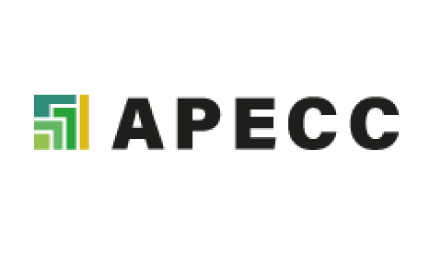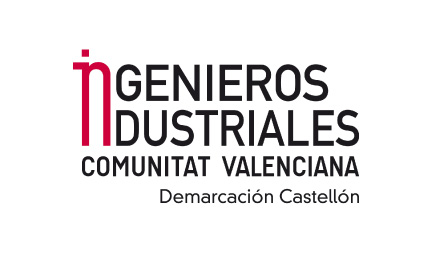Construction
A key element in the evolution of the productive network
The construction sector continues to grow steadily. The rate of sales and purchases of both new and used homes has not stopped growing in recent years, with a dynamic second-hand market standing out. Related to this, there is a notable acquisition of housing by the foreign population. The recovery of public investment is driving the sector to consolidate itself as an important part of the development of the province’s productive network
14,700 employees
6,1% of the total employed population in Castellón (2023)
Change in the sector’s trends
The construction sector continues its post-pandemic upward trend. The numbers of new and certified housing approvals have increased in recent years due to higher demand
No. of applications for residential housing visas
- 351 in 2021
- 645 (2023 to November)
No. of housing mortgages signed
- 5,182 ( 2023)
- 4,716 (2020)
- 9.8% increase
No. of transactions
- 10,495 (2023 to November)
- 8,231 second-hand housing units (2023 to November)
Ancillary industries consolidate growth and technology
The continued growth of activity in the construction sector is reflected in the increase in concrete production, which, in 2023, reached its highest level in 12 years. A similar trend holds true for companies in the tile and brick sector and for manufacturers of taps and fittings.
In recent years, the sector has also invested more in research and innovation, which has strengthened the proposals of the Spanish Construction Technology Platform regarding the development of new technological systems, solutions, and materials that favour the construction of more sustainable, efficient, and healthy buildings. Data from the Regional Ministry of Innovation, Industry, Trade, and Tourism show a rise in the certification of homes with maximum energy efficiency, from 910 to 1,742 in one year. The so-called ‘new construction’ sector has also begun the process of reducing the rate at which it generates waste (close to 50% of the total) and transport emissions by using products with high recycling rates and applying technology in proprietary systems involving process automation.


